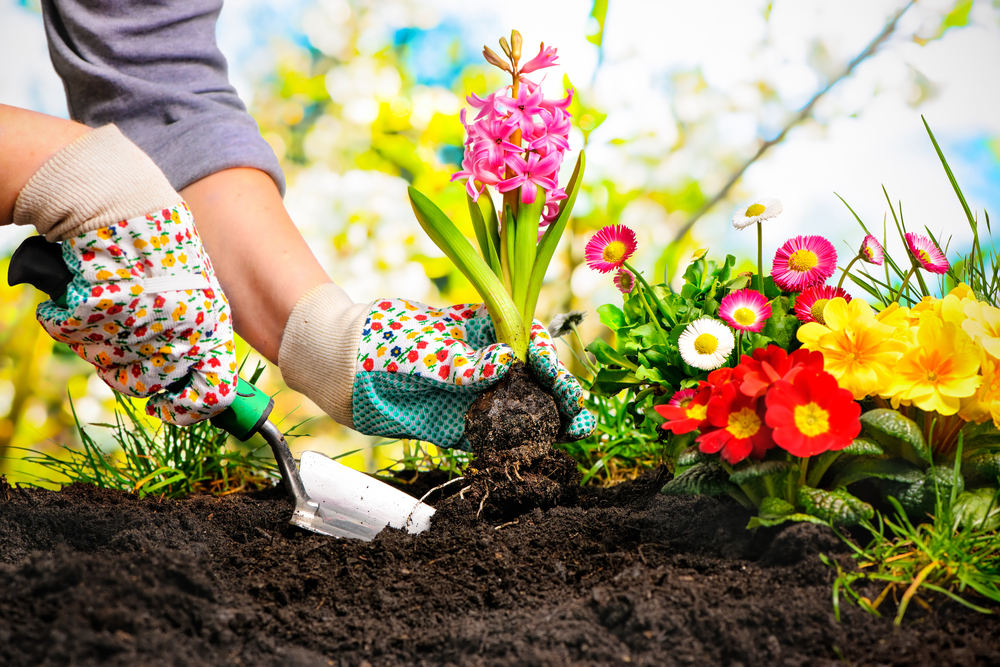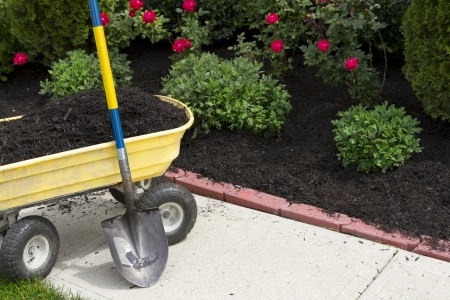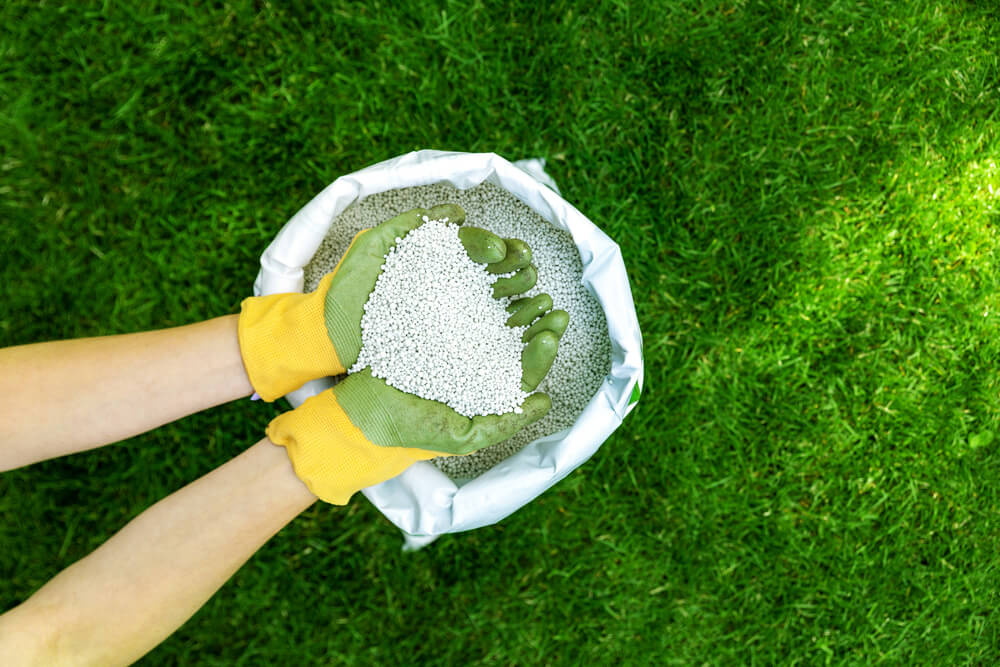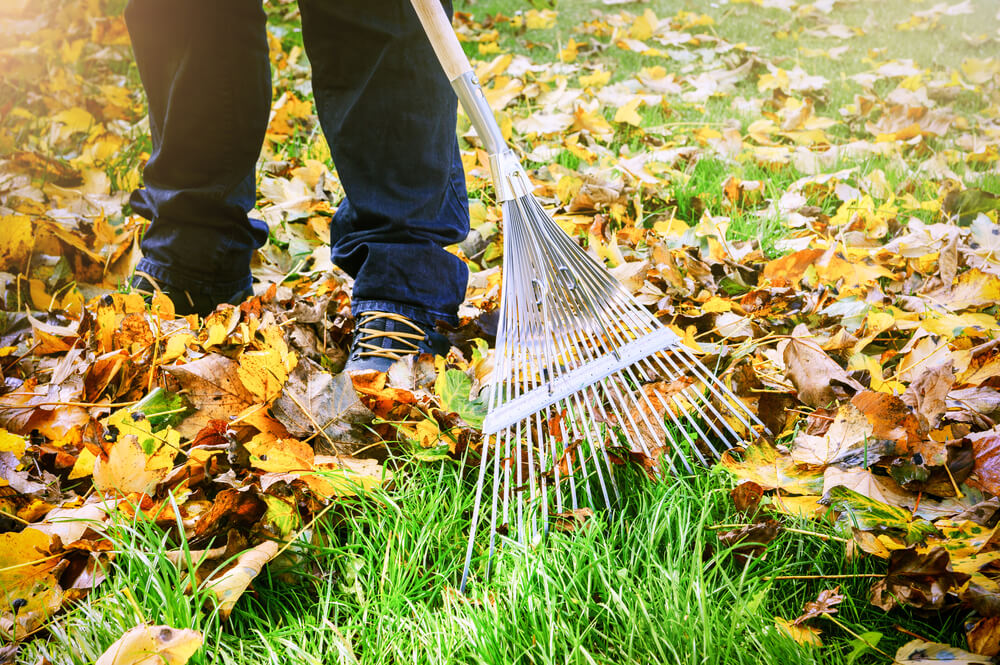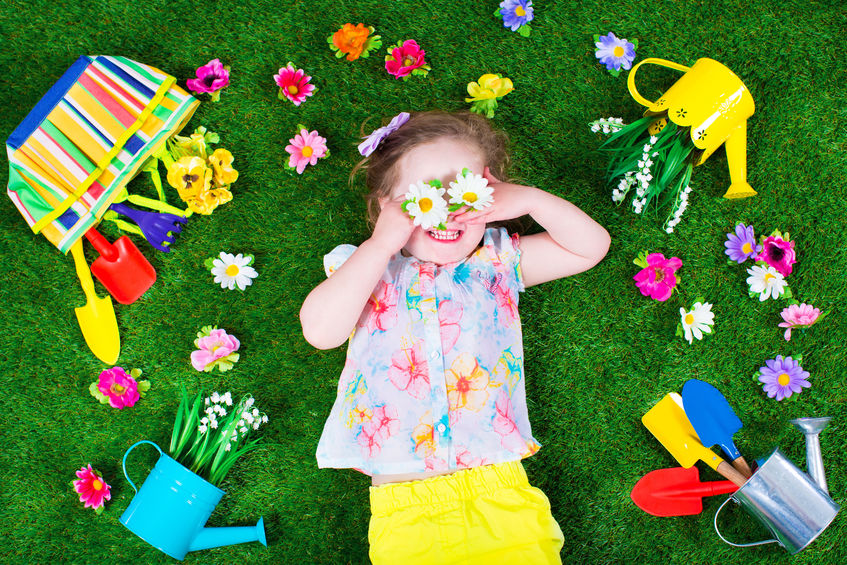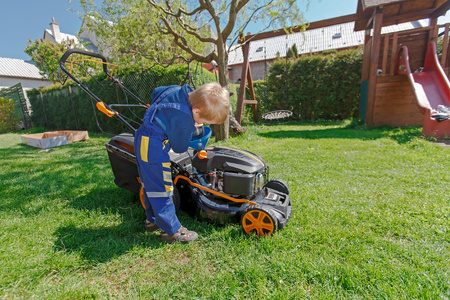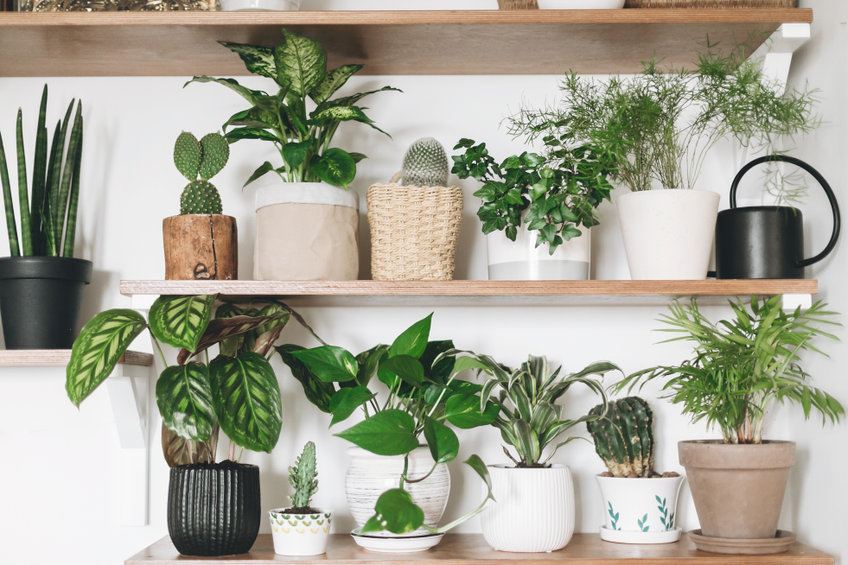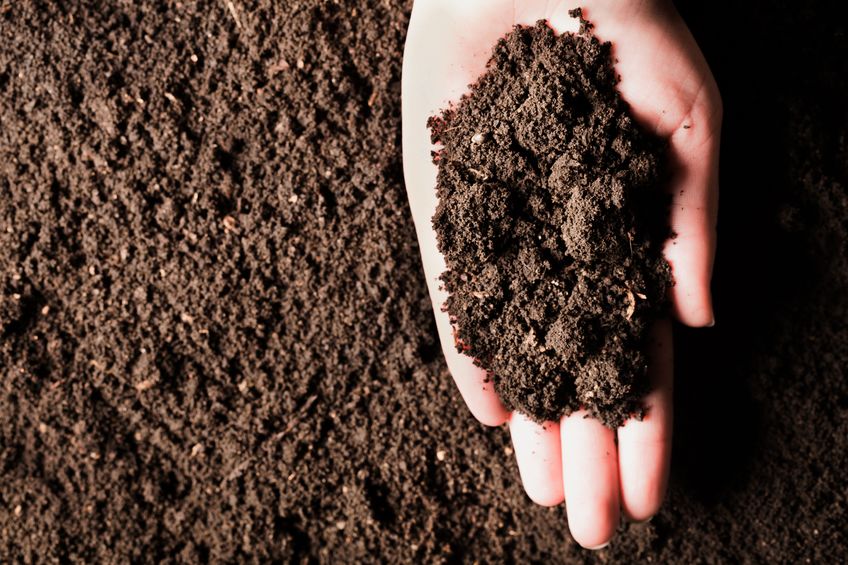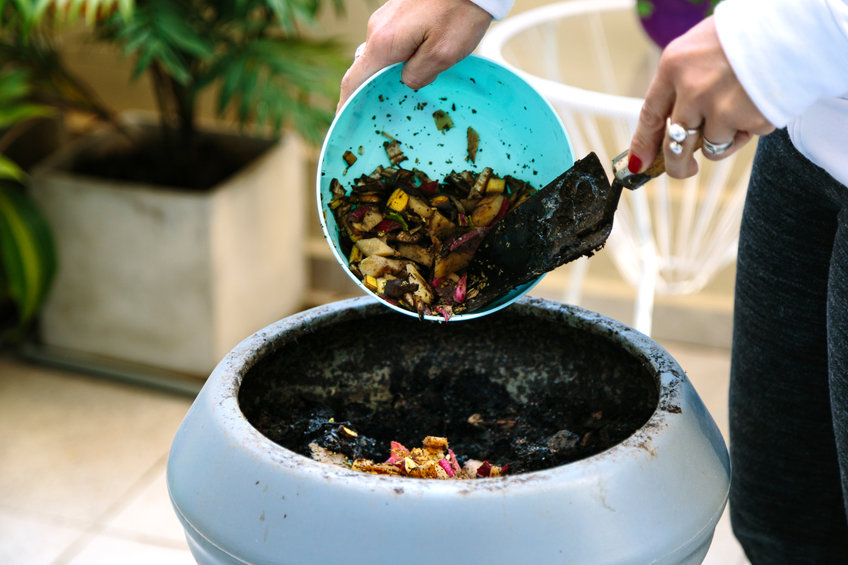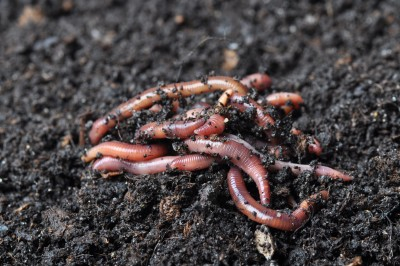10 Fall Gardening Tips
10 fall gardening tips for year-round color. Fall gardening is a very different chore, depending on where you live. In Los Angeles, where I live, fall is just a continuation of summer.
However, temperatures may start dropping quickly in the Northeast. Regardless of your climate, fall is the time to prepare your garden for winter.
These 10 fall gardening tips will get your plants, flowers, and vegetables through the big chill ahead.
10 Fall Gardening Tips
1. Plant Perennially
Even if you're in an area with a few weeks before the hard frost, there's still a chance to add a burst of color to your fall garden.
Consider planting some vibrant flowering plants to brighten up your outdoor space.
For a final splash of color, plant dianthus, hardy asters, hardy chrysanthemum, ornamental peppers, primrose, ornamental kale, pansies, and Indian summer rudbeckia.
In areas with mild, wet winters, this is a prime time to plant perennials, shrubs, trees, and a vegetable garden.
2. Flower and Vegetable Bed Cleanup
Clean up flower bed and the vegetable garden. Weed. Cut back yellowing or brown foliage.
3. Water Wisely
When the ground freezes, plants can no longer get any moisture. So, if you live in a cold climate, water your lawn, plants, vegetable garden, and trees well for the next few months. It may be the last drink they get for a while.
4. Prune Late-Flowering Perennials and Shrubs
Cut back late-flowering perennials and shrubs such as hydrangea, buddleia, and peonies to the ground and mulch. Prune rambler roses now, but wait until late winter or early spring to prune other varieties.
Do not prune spring-flowering shrubs - such as lilacs or forsythia - whose buds have already formed.
5. Mulch Much?
You don't mulch to keep the ground warm all winter but to keep the ground temperature uniform. When the ground freezes and thaws, plants are often heaved up, exposing their roots, so you want to avoid that cycle.
Wait until the ground is partially frozen to mulch around plants in cold areas. Otherwise, the plants are lulled into thinking it's still summer and will keep growing.
This tender new growth makes the plant vulnerable to a hard freeze, which is why you should not fertilize in late fall.
Mulch must be six to eight inches deep to keep the temperature constant. However, mulch only up to two inches deep over tree roots, which need air and moisture.
Do you live in a warmer climate? Mulching is still a good idea. If you mulch with organic material, such as compost, your flowerbeds will self-fertilize and be ready to plant next spring.
Also, a layer of mulch at least four inches deep will discourage weeds and erosion in your vegetable garden.
6. Fertilize the Lawn
Fertilize lawns with a slow-release nitrogen fertilizer - water well. Reseed if necessary.
7. Don't Burn Leaves
Rake leaves and compost; or use for mulch. To help them decompose faster, run over them a few times with the lawn mower to chop them up.
8. Prepare Garden Tools for Winter
Drain and put away garden hoses you won't be using this winter. Clean and sharpen gardening tools. Wipe blades with a thin coating of oil: varnish or seal wood handles.
Check the owner's manuals for directions on how to store power tools such as lawnmowers and leaf blowers.
9. Protect Trees
Use trunk collars to protect fruit trees and trees with thin bark from rodents over the winter.
10. Store Bulbs
In cold climates, dig up summer-flowering bulbs and tubers, store them in a dry, cool place, and plant spring-flowering bulbs such as daffodils and tulips.
With these ten fall gardening tips, you'll make short work of spring gardening next year.
You Might Like These:
- Clean Home
- Backyard & Garden
- Fall Gardening

